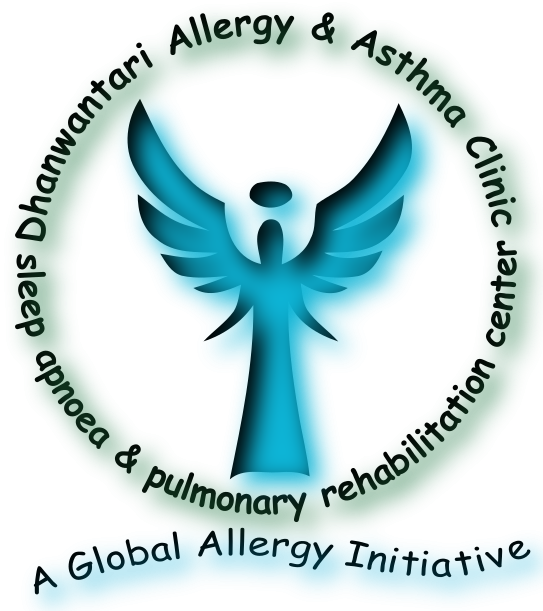- Dust mites are the most common allergens all over world. Let’s learn some basics about them! They belong to:
- Phyllum: Arthropoda
- Subphyllum: Chelcerata
- Class: Arachinada
- Order: Acari
- Superfamily: Analgoidea
- Family: Pyroglyphidae
- Subfamily: Dermatophagoidinae
- Genus: Dermatophagoides
- Species: farinae
Commonly known as ‘house dust mite’ or simply ‘dust mite‘
Adult dust mites are barely seen to the naked eye but easily visible under low power microscope and have a size of about 0.2 to 0.4mm
They thrive best at 75% to 80% relative humidity and 25*C to 30*C.
Lifespan: 4-6 weeks
50-80 eggs in lifetime
Dust mites produce about 20 fecal pellets/day, varying in size from 20-40 micron and contain digestive enzyme derived allergens. These fecal pellets easily become airborne by little disturbances like making a bed, walking on a carpet, or moving on a pillow and take 20-30 minutes to settle down.
Dust mites are light sensitive and photophobic, live deep within soft substrates, such as pillows, mattresses, and carpets, where moisture is retained and humidity fluctuations are minimal.
HDM are the most common indoor allergens globally.
D.farinae is a perennial allergen with seasonal variations. Their concentration increased in warm & humid climate.
There are estimated about 30 allergens proteins of which Der f 1 and Der f 2 are most important. Der f 1 originates from the intestinal tract of the mite while Der f 2 is more abundant in the mite body. Both together are responsible for about 80-90% of D.f sensitised individuals.
There is very less cross reactivity with storage mites. Der f 20 protein shows cross reactivity with shrimp, cockroach and other HDMs.
HDM are considered as causative allergens for development of allergic rhinitis, asthma and eczematous lesions.











